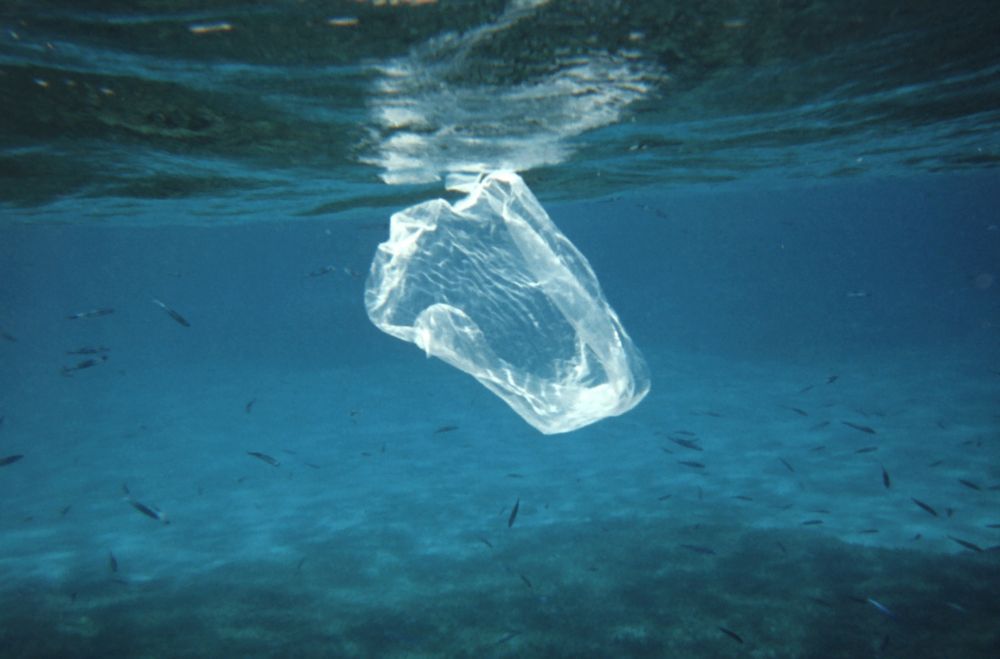The world’s largest plastic garbage patch is much bigger than first estimated
A vast area of plastic waste in the ocean, located between California and Hawaii, is much larger than previously estimated, and growing rapidly.

A vast area of plastic waste in the ocean, located between California and Hawaii, is much larger than previously estimated, and growing rapidly.
The area, dubbed the Great Pacific Garbage Patch, contains up to sixteen times more plastic than originally estimated, according a new study led by scientists at The Ocean Cleanup Foundation.
The work is the result of three years of intensive mapping of the area using six vessels, two aircraft and 3D sensor technology. The amount of plastic in the zone has now been updated to contain 1.8 trillion pieces weighing 80,000 metric tons, across an area of 1.6 million square kilometres. This is roughly three times the size of continental France.
94 percent of the plastics in the area were categorised as microplastics, defined as objects between 0.05cm and 0.5cm. However, these objects only made up a small portion of the overall mass of the site, which was accounted for by larger items of 5cm, or greater.
“We were surprised by the amount of large plastic objects we encountered", said Dr. Julia Reisser, Chief Scientist of the expeditions. "We used to think most of the debris consists of small fragments, but this new analysis shines a new light on the scope of the debris.”
The research comes at a time of heightened action and awareness of plastic waste in the world’s oceans. In recent months, governments and businesses have set targets to eradicate the use of plastics and convert to more sustainable alternatives.
Boyan Slat, Founder of The Ocean Cleanup and co-author of the study, said the new research would help advance the foundation’s conservation work: “These results provide us with key data to develop and test our cleanup technology, but it also underlines the urgency of dealing with the plastic pollution problem. Since the results indicate that the amount of hazardous microplastics is set to increase more than tenfold if left to fragment, the time to start is now.”
Photo Credit: NOAA
